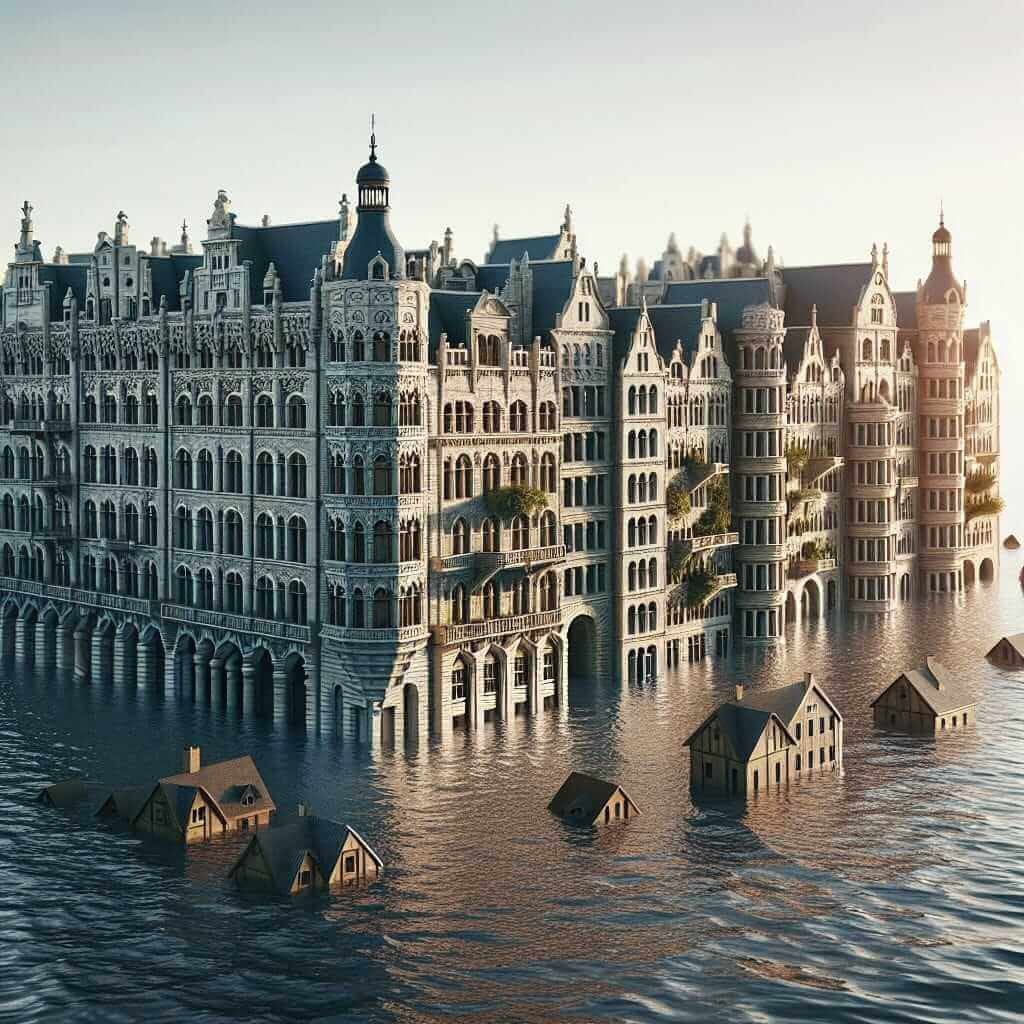The IELTS Reading section evaluates a candidate’s ability to understand and interpret texts on various topics. One recurring theme in the IELTS Reading exam is climate change, particularly its impact on coastal cities. The topic’s relevance and urgency make it an essential area of focus, as climate change increasingly shapes global narratives. In today’s post, we will explore the consequences of climate change on coastal cities while providing a comprehensive IELTS Reading practice test to enhance your preparation.
Main Content
Practice Reading Test: Medium Text
The Impact of Climate Change on Coastal Cities
Coastal cities around the globe are facing unprecedented challenges due to climate change. Rising sea levels, increased frequency of storms, and coastal erosion are some of the pressing issues that need immediate attention. This article explores these phenomena and their impact on urban coastal settlements.
Rising Sea Levels
Sea levels have been rising steadily over the past century, primarily due to two factors: the melting of ice caps and glaciers and the thermal expansion of seawater as it warms. This rise poses a significant threat to coastal cities, particularly those with low-lying areas. For instance, cities like Venice, Miami, and Jakarta have already started experiencing flooding with increasing regularity.

Increased Frequency of Storms
Climate change is also contributing to more frequent and intense storms. These storms, coupled with higher sea levels, result in devastating storm surges. The impact of such events is multifaceted, including loss of life, destruction of property, and substantial economic setbacks. Hurricane Sandy, which hit New York in 2012, serves as a stark reminder of the potential devastation.
Coastal Erosion
Furthermore, coastal erosion, exacerbated by rising sea levels and human activity, is wearing away at the land where coastal cities stand. This erosion can lead to the loss of habitats, decreased land stability, and increased vulnerability to further environmental changes. Cities have to invest significant resources in constructing barriers and other preventive measures to combat these issues.
The combined effects of these climate change-induced phenomena challenge the sustainability and livability of coastal cities worldwide. Immediate action and long-term planning are essential to mitigate the impacts and protect the populations residing in these areas.
Practice Questions
Based on the passage, answer the following questions:
Multiple Choice Questions
-
Which of the following is NOT a consequence of rising sea levels mentioned in the text?
- A. Coastal erosion
- B. Increased frequency of storms
- C. Flooding of low-lying areas
- D. Thermal expansion of seawater
-
What is one of the primary causes of rising sea levels?
- A. Increased rainfall
- B. Melting of ice caps and glaciers
- C. Deforestation
- D. Urban sprawl
True/False/Not Given Questions
-
Hurricane Sandy highlighted the devastating impact of climate change on coastal cities.
- A. True
- B. False
- C. Not Given
-
Coastal erosion has caused a decrease in land stability.
- A. True
- B. False
- C. Not Given
Answers and Explanations
Multiple Choice Questions
-
Answer: B. Increased frequency of storms
- Explanation: While increased frequency of storms is a consequence of climate change, it is not directly a consequence of rising sea levels. Rising sea levels directly cause flooding, coastal erosion, and are linked to thermal expansion of seawater.
-
Answer: B. Melting of ice caps and glaciers
- Explanation: The text explicitly states that the melting of ice caps and glaciers contributes to rising sea levels.
True/False/Not Given Questions
-
Answer: A. True
- Explanation: The text mentions Hurricane Sandy and its impact on New York, indicating it was a reminder of the potential devastation climate change can cause to coastal cities.
-
Answer: A. True
- Explanation: The text describes coastal erosion leading to decreased land stability as one of the impacts on coastal cities.
Common Mistakes in Reading Tests
When tackling IELTS Reading passages, students often:
- Misinterpret questions by not paying close attention to keywords.
- Fail to distinguish between ‘True/False’ and ‘Not Given’ and assume any detailed statement must be ‘True.’
- Skip over crucial contextual clues provided in the text.
Vocabulary and Grammar
-
Vocabulary:
- Mitigate (v): /ˈmɪtɪɡeɪt/ – to make something less harmful or serious.
- Thermal Expansion (n): /ˈθɜːməl ɪkˈspænʃən/ – the increase in volume of a substance due to heating.
- Erosion (n): /ɪˈrəʊʒən/ – the gradual wearing away of land by natural forces.
-
Grammar:
- Conditionals: When discussing potential climate impacts (e.g., “If sea levels continue to rise, cities will face more frequent flooding.”)
- Passive Voice: Often used to describe actions performed by others or natural processes (e.g., “Sea levels have been rising steadily.”)
Conclusion
To excel in the IELTS Reading section, focus on improving both your comprehension and interpretative skills. Practicing with realistic reading passages like the one provided above can significantly help. Remember to read the questions carefully, identify keywords, and always relate back to the text. Good luck!